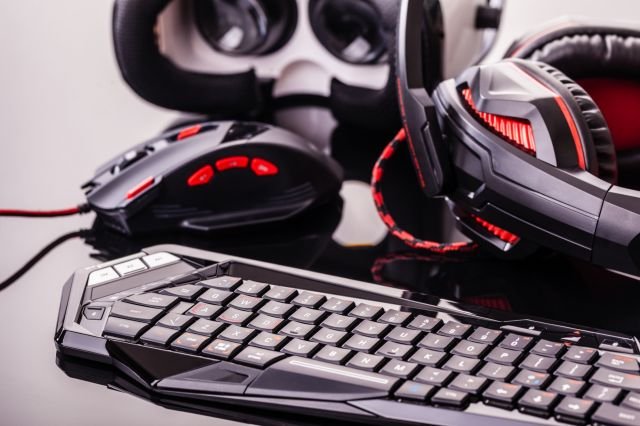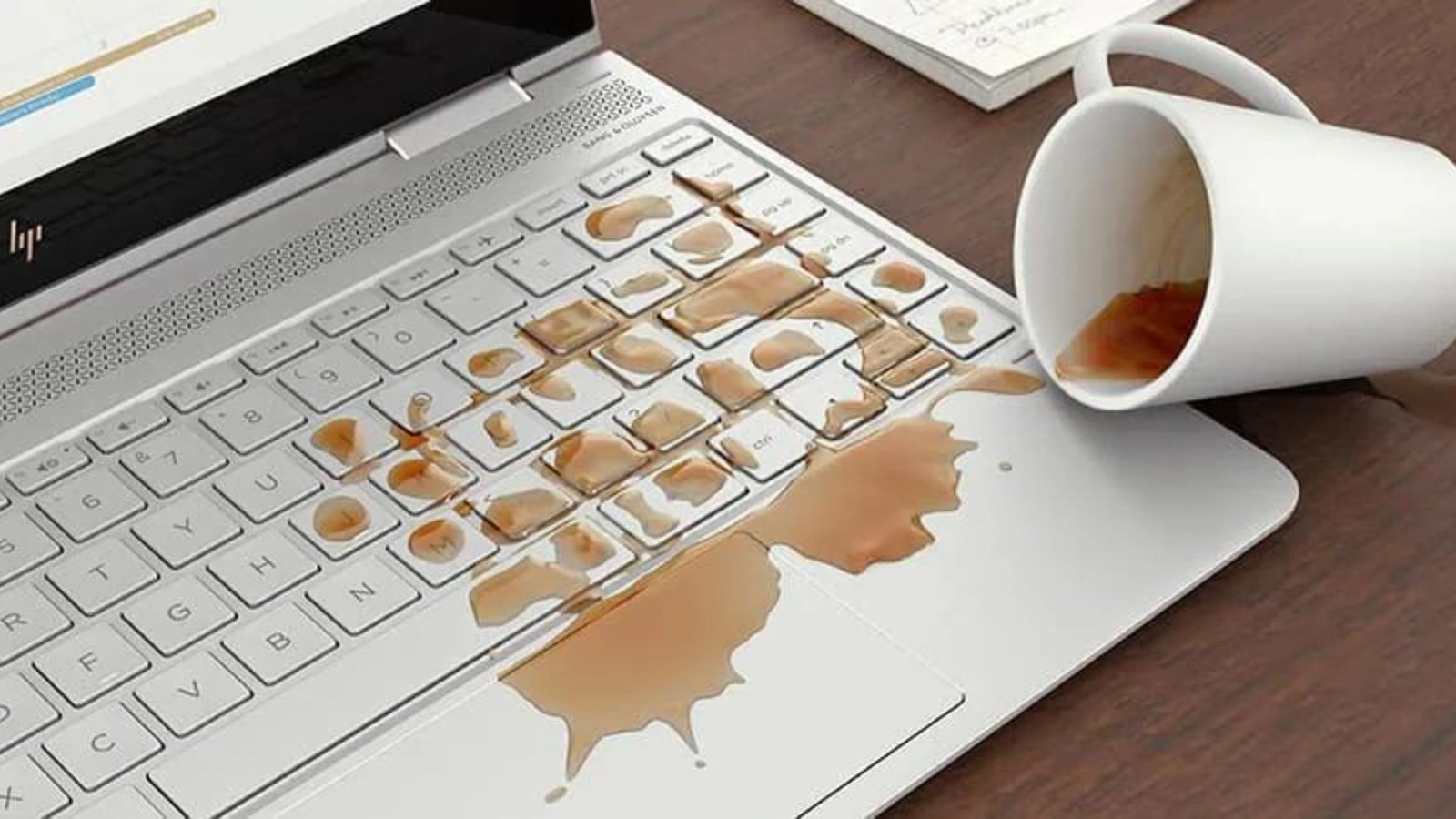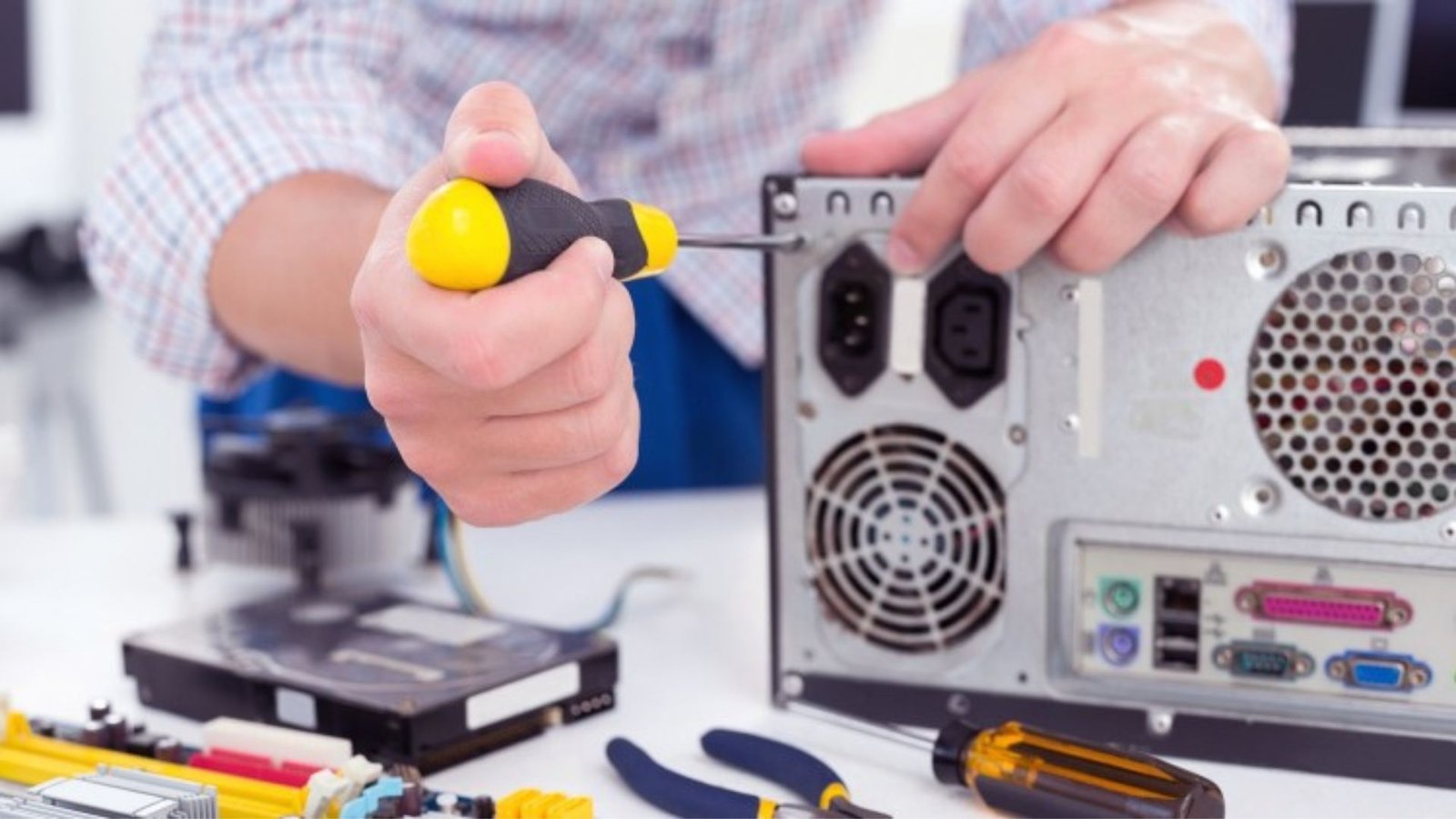Upgrading personal computer components can significantly boost performance and extend your PC’s lifespan. In this guide, we’ll explore the key components to upgrade and provide practical tips for each step.

Why Upgrade Your PC Components?
Enhanced Performance
First, upgrading personal computer components is a great way to enhance performance. If your PC feels sluggish, a new component might be the solution. For instance, upgrading your RAM or hard drive can result in noticeable speed improvements.
Future-Proofing
Next, upgrading your components helps future-proof your PC. By keeping up with the latest hardware, you ensure your system can handle new software and games. This can be crucial if you want to avoid frequent, costly upgrades.
Choosing Which Components to Upgrade
RAM
One of the first components to consider upgrading is your RAM. If your computer struggles with multitasking or running demanding applications, increasing RAM can help. Look for compatible RAM sticks with higher speeds and capacities for better performance.
Storage
Another key component is storage. Upgrading from a traditional hard drive to a solid-state drive (SSD) can drastically improve boot times and overall system responsiveness. SSDs are faster and more reliable, making them a worthwhile investment.
How to Upgrade Your PC Components
Graphics Card
If you’re a gamer or work with graphic-intensive applications, upgrading your graphics card is essential. Newer models offer better performance and support for the latest technologies. Make sure to choose a card compatible with your motherboard and power supply.
Processor
Upgrading your processor can provide a significant performance boost. Before upgrading, ensure your motherboard supports the new CPU. Additionally, check if you need to upgrade your cooling system to handle the increased power.
Installation Tips
Backup Your Data
Before starting any upgrades, always back up your data. This ensures you don’t lose important files if something goes wrong during the upgrade process. Use external drives or cloud storage for a secure backup.
Follow Manufacturer Instructions
Each component comes with specific installation instructions. Always follow these carefully to avoid damaging your hardware. Refer to the manuals or online guides for detailed steps and safety precautions.
Testing and Troubleshooting
Check Compatibility
After installing new components, ensure everything is compatible with your existing system. Sometimes, new hardware may require BIOS updates or specific drivers. Check the manufacturer’s website for any necessary updates.
Run Diagnostics
Once everything is installed, run diagnostics to verify that your PC is functioning correctly. Use built-in tools or third-party software to check for any issues. If problems arise, troubleshoot by checking connections and reinstalling drivers if needed.
Conclusion
Upgrading personal computer components can breathe new life into your system. Focus on key upgrades like RAM, storage, graphics card, and processor to improve performance and future-proof your PC. Remember to backup your data, follow installation instructions, and test your system thoroughly after upgrades. By taking these steps, you can ensure a smooth upgrade process and enjoy a faster, more efficient computer.











